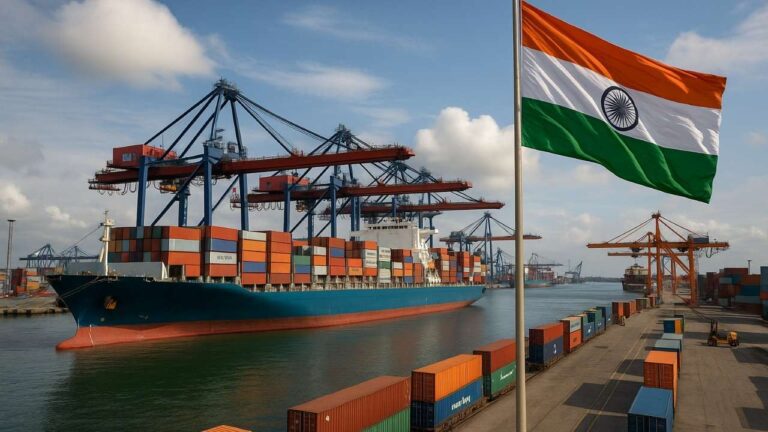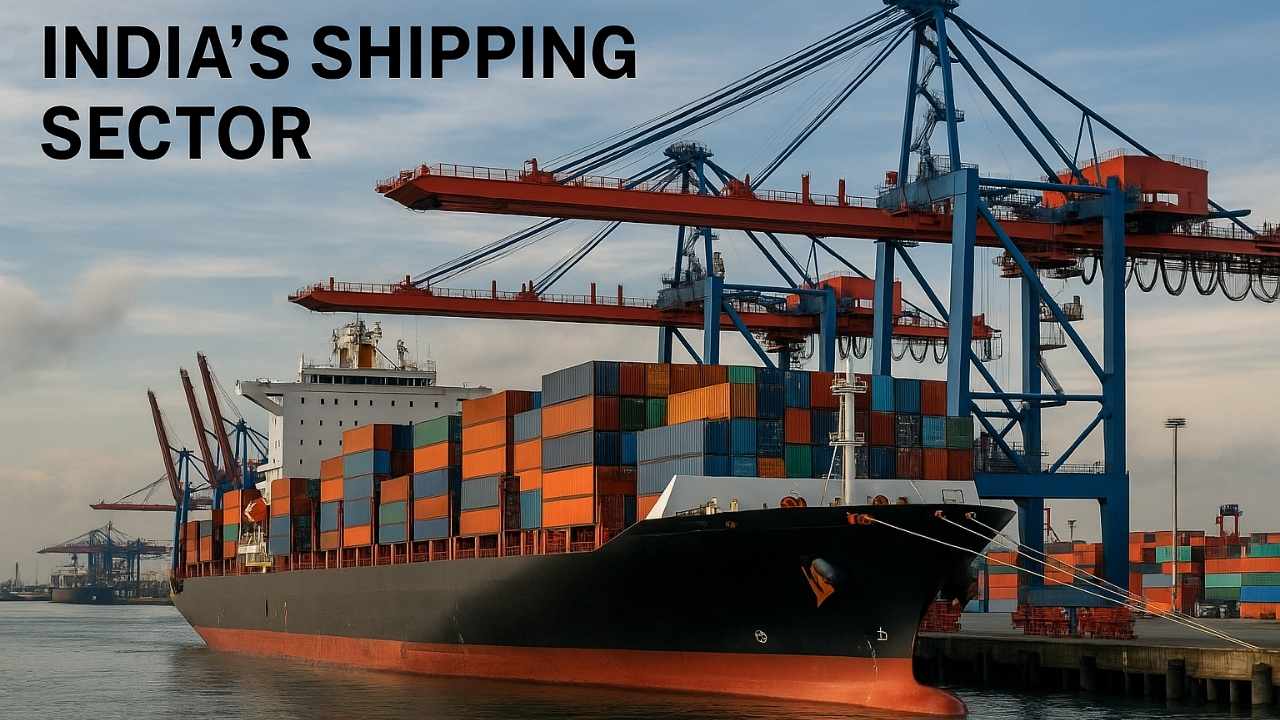India celebrated India Maritime Week, where major investments in the maritime sector were announced and the Prime Minister emphasised the strategic value of shipping.
Background
- Under liberalisation policies since the late 1990s, government support for India’s shipping industry reduced.
- SCI, once a major global player in ship ownership, weakened as policy protections were removed.
- India focused more on port development and seafarer training, not on building a strong domestic merchant fleet.

Strategic Vulnerability
- India relies heavily on foreign ships for international trade.
- During COVID-19 disruptions, India had limited control over maritime trade routes and ship availability.
- Growing global protectionism and geopolitical tensions make maritime self-reliance critical.
Weak Domestic Fleet
- SCI nearly faced privatisation and struggled without priority shipping rights.
- Private Indian shipping players remain small in global comparison.
Shipbuilding Lag
- Limited progress in merchant shipbuilding, especially high-tech vessels like LNG carriers and green fuel ships.
- Lack of shipbuilding capacity weakens industrial and technical expertise.
Recent Government Measures
- Strengthening SCI: Initiatives launched to expand SCI’s fleet and revive national shipping strength.
- Port-Focused Investments: Majority of investment announcements focus on: Port modernisation, Sagarmala connectivity projects, Trans-shipment hubs (e.g., Andaman project by Chennai & Kolkata ports)
- Landlord Port Model: Government ports lease terminals to private & foreign players, share revenue.
- Encouraging Foreign Firms to Register Ships in India: Aim: secure rights over ships operating in Indian trade routes. Boosts allied sectors like marine insurance and support services.
Way Forward
- India needs focused push in merchant shipbuilding, including advanced and green-fuel vessels.
- Strengthen domestic shipyards through technology tie-ups, incentives, and long-term orders.
- Maintain port growth but balance with fleet expansion and manufacturing capacity.
- Government must ensure shipping sustainability not only as a business but as a strategic national priority.
Conclusion:
India’s maritime vision is progressing through port development and policy support, but achieving true shipping strength requires a strong domestic fleet, advanced shipbuilding capability, and strategic planning. When India builds world-class vessels at scale, its maritime sector will fully “cruise ahead.”
This topic is available in detail on our main website.





